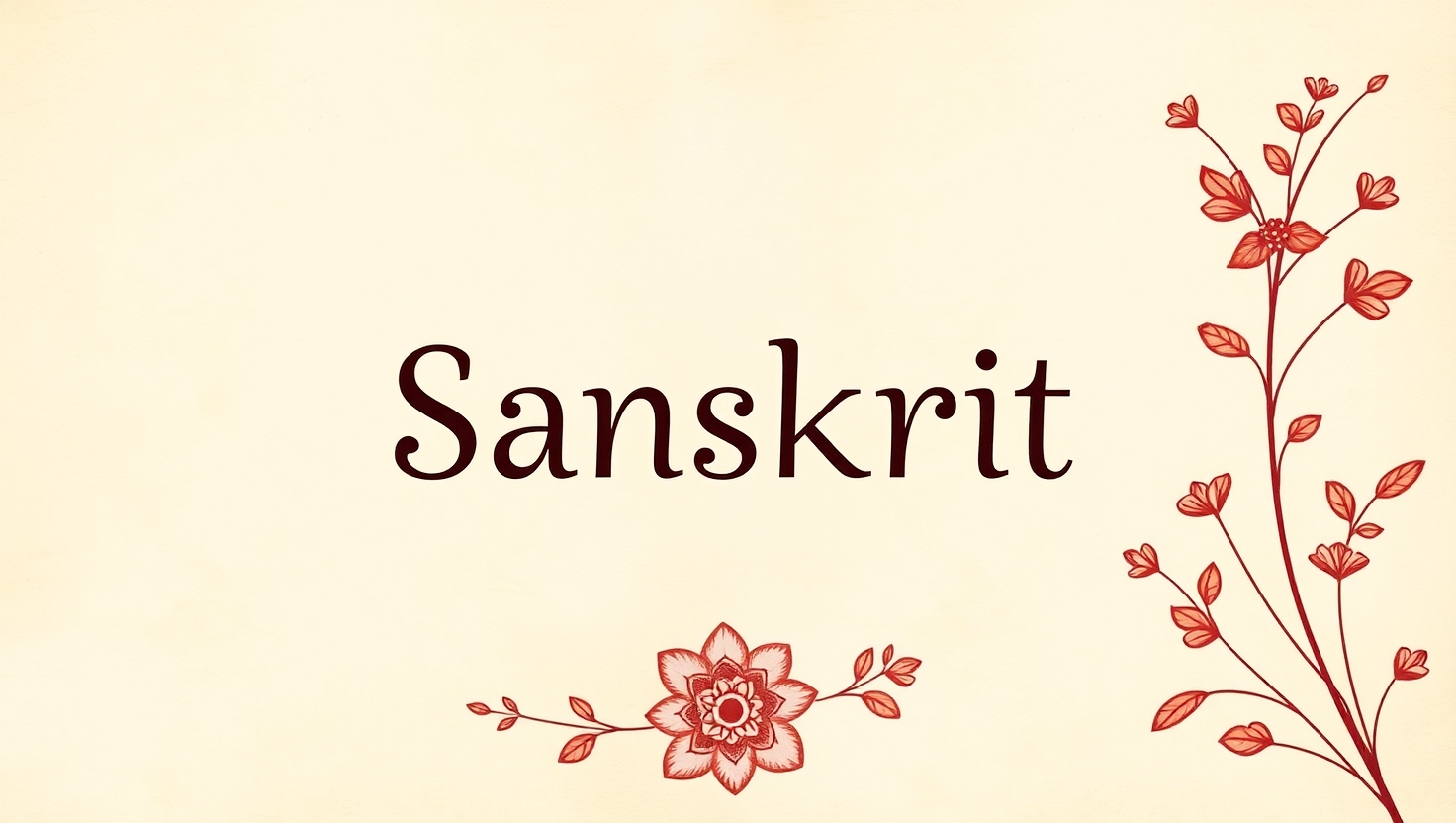
12
Feb
Sanskrit: Unearthing the World’s Oldest Language – An In-Depth Exploration
The ancient Indo-Aryan tongue, Sanskrit, is revered as the world’s oldest language, boasting a complex grammatical structure and an expansive literary tradition. Historical, archaeological, and literary sources collectively place Sanskrit at the forefront of the earliest recorded languages, surpassing all known spoken and written forms.
The Oldest Literary Evidence: The Rig Veda
The Rig Veda stands as the earliest known Sanskrit scripture, dating back to around 1500 BCE or earlier. Esteemed scholars, such as Max Müller, suggest that the Vedas were initially composed orally before being transcribed. The Rig Veda, in its Vedic Sanskrit form, serves as the bedrock of Hindu philosophy, rituals, and linguistic studies.
Panini’s Ashtadhyayi: The World’s First Grammar
A testament to Sanskrit’s ancient lineage is Panini’s Ashtadhyayi (circa 500 BCE), which represents the earliest systematic grammar of any language. This monumental work, outlining over 4,000 grammatical rules, demonstrates the advanced evolution of Sanskrit by this time.
Archaeological and Epigraphic Evidence
Sanskrit inscriptions from around the 2nd century BCE, such as those in Brahmi script on Emperor Ashoka’s Pillar Edicts, offer tangible proof of its ancient roots. Notable inscriptions, including the Ayodhya Inscription of Dhana Deva and the Junagadh Rock Inscription of Rudradaman I, further corroborate Sanskrit’s prominence in early history. Moreover, early Buddhist and Jain texts underscore its widespread usage.
Comparing Ancient Languages
- Sumerian (3100 BCE – 2000 BCE): Although it is the oldest written language, Sumerian was not continuously spoken, fading out around 2000 BCE.
- Egyptian (3200 BCE): Originating with hieroglyphs, it later transitioned to Coptic, losing its original form.
- Tamil (500 BCE earliest inscription): Despite its lengthy history, Tamil inscriptions (Tamil-Brahmi script) emerged nearly 1000 years after the Rig Veda, indicating Sanskrit’s earlier literary presence.
- Greek (1500 BCE earliest written form): Mycenaean Greek appeared contemporaneously with Sanskrit but lacked a formal grammar until much later.
Linguistic Influence and Legacy
Sanskrit is the progenitor of many modern languages, including Hindi, Bengali, and Marathi. It has even influenced classical languages like Greek and Latin. Pioneering linguists, such as William Jones in 1786, recognized the similarities between Sanskrit and European languages, laying the groundwork for Indo-European linguistic studies.










